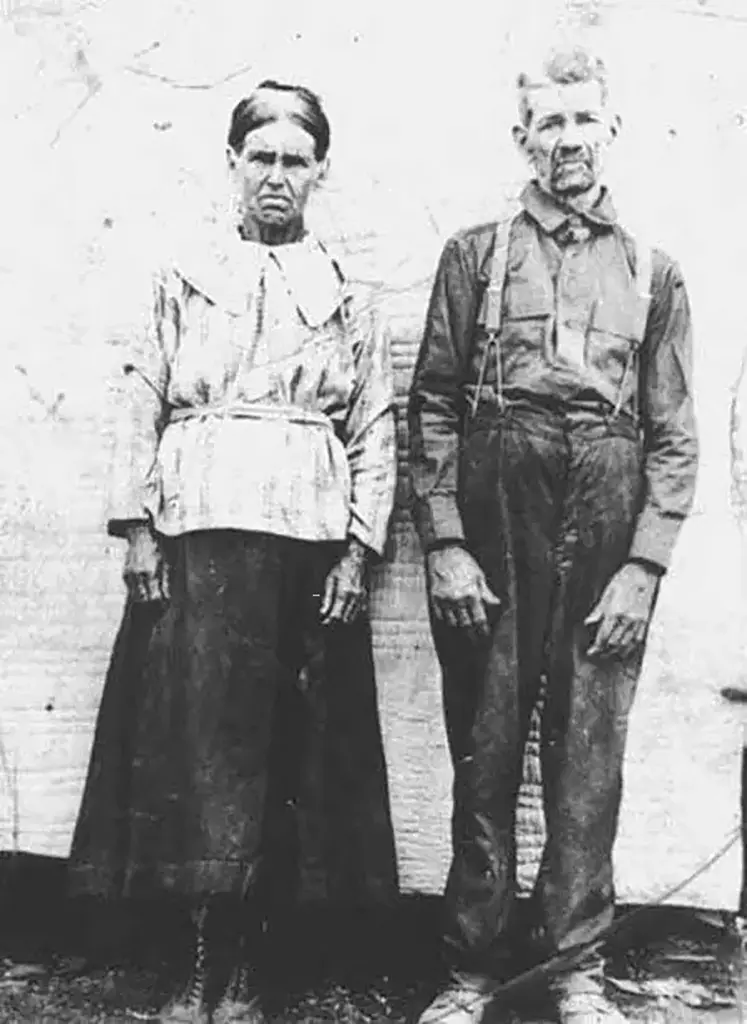“Shocking Revelation: The Inbred Blue Fugates of Kentucky and Their Astonishing Genetic Secret

In a narrative that straddles the realms of science fiction and reality, the story of the Blue Fugates of Kentucky unfolds, challenging our perceptions of human genetics. While blue-skinned fictional characters have long been a staple in popular culture, the Fugates family from Eastern Kentucky brought this fantasy to life. Known for their distinctive blue skin, a result of a rare genetic condition, the Fugates stood out as a genetic curiosity in the early to mid-20th century.
From Appalachian Roots to Genetic Mystery

The tale began with Martin Fugate and Elizabeth Smith, who settled in the secluded area of Troublesome Creek in 1820. The couple unknowingly set the stage for a unique genetic lineage when several of their children, including their firstborn Zachariah, were born with blue skin. This peculiar characteristic, caused by methemoglobinemia, a condition affecting blood oxygenation, was confined within their isolated community, turning the Fugates into a living, hidden enigma.
The Legacy of Isolation and Inbreeding

Trapped by geographical isolation, the Fugates’ story is marred by the necessity of inbreeding, which perpetuated the rare gene causing their blue skin. The family’s intermarriages, often within close kin such as cousins and aunts, ensured the gene’s survival across generations. However, this genetic anomaly caught the attention of the medical world when hematologist Dr. Madison Cawein, accompanied by nurse Ruth Pendergrass, embarked on a mission to uncover the truth behind the Fugates’ unique pigment.
Medical Breakthrough and Societal Challenges

Dr. Cawein’s treatment of the Fugates using methylene blue brought cosmetic relief but also highlighted the family’s societal struggles. The blue skin, while physically harmless, had rendered the Fugates as outcasts, leading to further isolation and limited interaction with the outside world. As time progressed, the expansion of the community and intermarriage with outsiders gradually diminished the prevalence of the blue skin trait.
The Last of the Blue Fugates and Beyond

The birth of Benjy Stacy in 1975 marked the end of an era for the Blue Fugates, with his initial purple skin tone fading over time. Today, the Fugate family’s history remains shrouded in mystery and reticence, a silent testament to a unique genetic legacy. While the chances of witnessing another blue Fugate are slim, the story of this remarkable family continues to captivate and intrigue, embodying a rare chapter in the annals of human genetics and Appalachian folklore.



